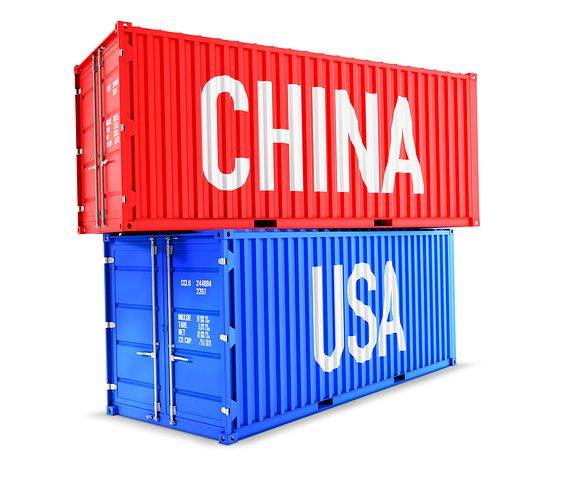 Rumors that U.S. President Donald Trump and Chinese President Xi Jinping may not meet until December, as opposed to the end of November as originally hoped, have given traders pause and have sent Asian benchmarks lower in mid-afternoon trade on Thursday. The delay in signing “phase 1” of the trade deal, while not confirmed, may be necessary due to issues that remain unresolved as well as the inability to confirm a venue that is suitable for both sides. Analysts have commented that it’s not the delay of a few days that is so troubling, but the fact that issues remain open that is spooking traders and causing concern that the deal will implode before the signing date. Lingering concerns that the deal will stall after the confirmation of “phase 1” have also prompted traders to retreat from the global marketplace.
Rumors that U.S. President Donald Trump and Chinese President Xi Jinping may not meet until December, as opposed to the end of November as originally hoped, have given traders pause and have sent Asian benchmarks lower in mid-afternoon trade on Thursday. The delay in signing “phase 1” of the trade deal, while not confirmed, may be necessary due to issues that remain unresolved as well as the inability to confirm a venue that is suitable for both sides. Analysts have commented that it’s not the delay of a few days that is so troubling, but the fact that issues remain open that is spooking traders and causing concern that the deal will implode before the signing date. Lingering concerns that the deal will stall after the confirmation of “phase 1” have also prompted traders to retreat from the global marketplace.
Japan’s benchmark, the Nikkei 225, was unchanged as of 2:13 p.m. HK/SIN, and Australia’s ASX 200 was up 1 percent, while all other major benchmarks were trading lower. Australia’s markets were boosted by reports from the Australian Bureau of Statistics that showed a 9 percent increase in the seasonally adjusted balance on goods and services in September as compared with the same data from August.
U.S. Collected Record Tariffs in September
Reports out by the Wall Street Journal on Wednesday showed that the U.S. collected $7 billion in import tariffs in September, thanks to new tariffs that began on September 1 with a 15 percent tariff on items such as electronics, clothing, tools and other consumer goods from China. This income was a 9 percent increase from August, and a 59 percent increase from September 2018.
Although President Trump maintains that China is paying the tariffs, it seems that it is the importers that are actually getting squeezed in the process. Many companies are weighing the need to raise their prices to compensate for tariff loses, a spiral which could quickly curb consumer spending and have negative impacts on the U.S. economy. In October, fresh tariffs on E.U. products were also imposed, and while the data of collections hasn’t yet released, it is poised to show a record high collection number.
According to the WSJ report, the U.S. government has collected more than $70 billion in tariffs in the 12 months ending in September 2019, approximately double the amount collected before the start of the trade war.
